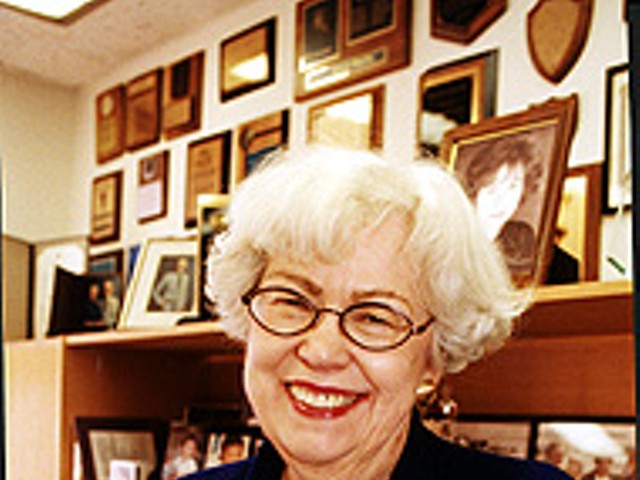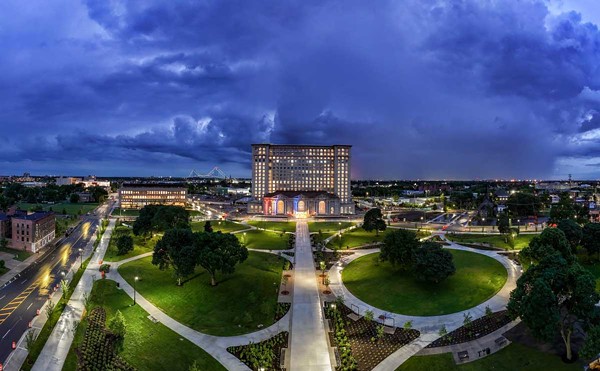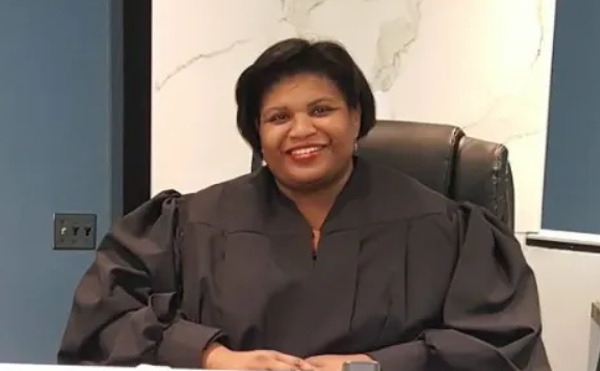"Ever since I can remember, I’ve always had a sense of social justice," says Shea Howell.
Her inclination to question authority has been there from the start, like the time she fled class as a first-grader refusing attempts to "correct" her left-handed writing. So, to this day, when you call her a committed lefty, you’re correct in more ways than one.
Co-founder and co-chair of Detroit Summer, a youth program in the city designed to bring young people together with community groups that are trying to rebuild the city, she is also a board member of the Michigan Citizen newspaper, the Boggs Center to Nurture Community Leadership and Detroit Women’s Coffeehouse. In addition to all that, Howell is a frequent contributor to Between the Lines, Michigan’s gay and lesbian newspaper.
Howell came to Detroit in 1974 to attend an anti-racism meeting and decided to stay. She joined a study group of the National Organization for an American Revolution, becoming its first white member. From there she began exploring feminism and multiculturalism.
These days, in addition to being a professor teaching rhetoric, communication and journalism at Oakland University, Howell mainly works with Detroit Summer. The program has 30 to 50 active volunteers every summer and reaches 150 to 300 young people through neighborhood programs. They plant gardens, turn vacant lots into parks, paint murals and organize neighborhoods, bringing a sense of hope to our city. Howell plans to promote the program as a year-round activity.
Howell says there are countless wonderful experiences keeping her involved in these progressive activities. She remembers a girl once telling her how great she felt after attending the activities Howell had organized. The 14-year-old felt excited to know she was not alone, to know that there are other people thinking about the world in similar ways. Though exhausted at the time, Howell knew it was all worth it.
"There is something wonderful about being able to go around the city and see beauty created by young people and to know that you had a part in doing that," she says. "And it’s also wonderful to be able to look at vacant lots, abandoned buildings, places of desolation and know, that with a little energy and imagination, what others see as empty or ugly can be turned into a source of strength for a community."





